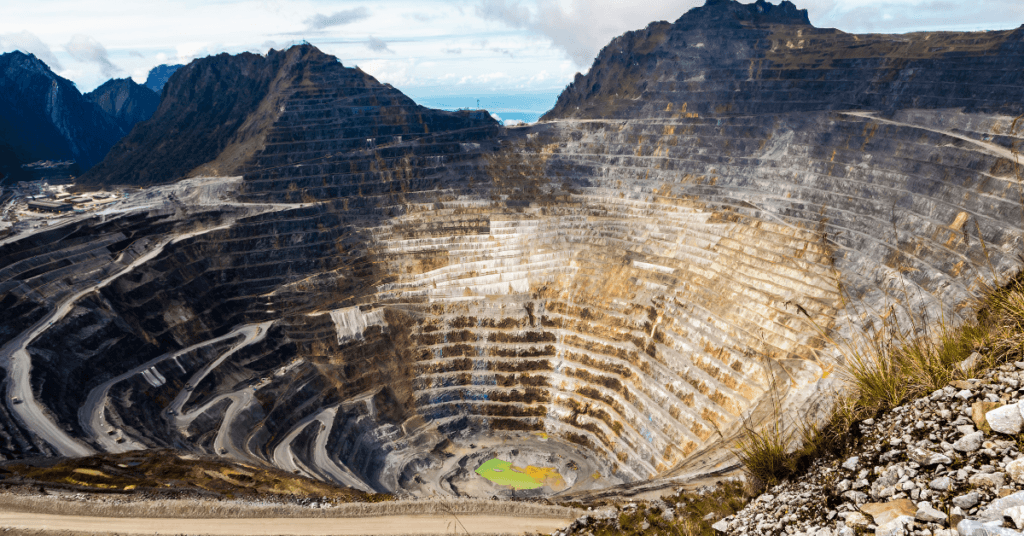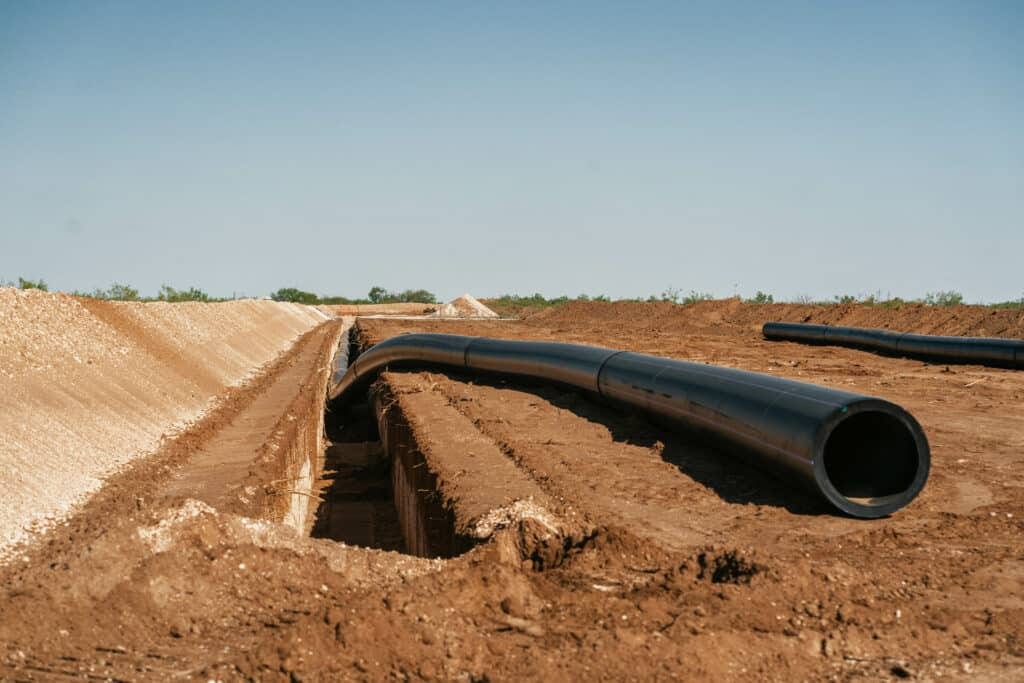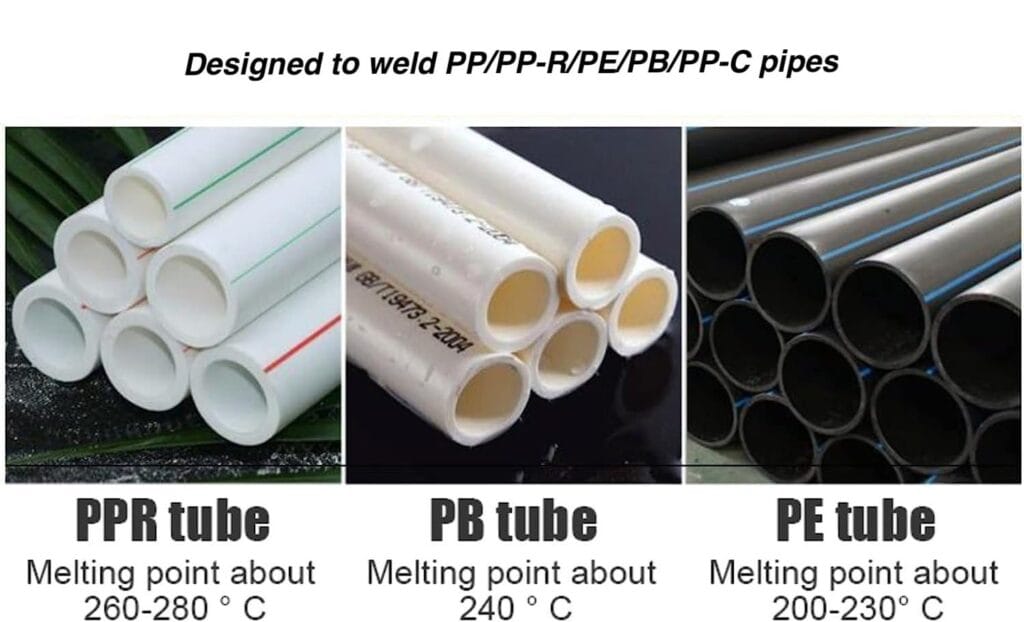Introduction
Mining has been a cornerstone of economic development for centuries, providing essential materials that fuel industries and drive progress. Among the myriad of minerals extracted worldwide, gold and cobalt are two of the most significant, each playing a crucial role in technological advancements and economic stability. This article delves into the detailed processes involved in gold mining, explores the distribution of cobalt deposits, and highlights some of the prominent mining companies in the sector. dcpipe pipeline expert

The Gold Mining Process
Gold mining is a complex process that involves various stages, each meticulously designed to ensure minimal environmental impact while maximizing recovery rates. The mining process can be categorized into two primary methods: artisanal mining and large-scale commercial mining.
1. Exploration
The gold mining journey begins with exploration. Geologists employ geological surveys, geochemical analysis, and geophysical methods to locate potential gold deposits. This phase may also involve drilling, sampling, and extensive studies to assess the economic viability of the site.
2. Extraction Methods
Once a viable gold deposit is confirmed, extraction begins. The choice of extraction method depends on the type of deposit, which can be classified as either lode (vein) gold or placer gold.
- Lode Gold Mining: This method involves underground mining techniques where shafts and tunnels are created to access the ore-rich veins. Techniques such as cut and fill, room and pillar, or longwall mining are employed to mine the ore safely and efficiently.
- Placer Gold Mining: This method focuses on extracting gold from deposits found in riverbeds, streams, or sediments. Techniques such as panning, sluicing, and dredging are common in placer mining, allowing miners to separate gold from other materials using water and gravity.
3. Processing
After extraction, the ore must be processed to extract the gold. The most common methods include:
- Crushing and Grinding: The extracted ore is crushed into smaller pieces, allowing for better separation of gold from other minerals.
- Concentration: This involves separating gold from the ore through gravity or flotation methods. These processes enhance the concentration of gold before further refining.
- Recovery: The most widely used method for gold recovery is cyanide leaching, where a cyanide solution is used to dissolve the gold, allowing it to be separated from the ore. The gold-laden solution is then collected, and the gold is precipitated and purified.
4. Refining
The final stage involves refining the extracted gold to achieve the desired purity. This can be done through various chemical processes, often employing electrolysis or the Miller process, which uses chlorine gas to separate impurities from the gold.

Cobalt Deposits and Their Distribution
Cobalt, primarily used in lithium-ion batteries and aerospace applications, is becoming increasingly relevant in the modern economy, particularly with the rise of electric vehicles (EVs) and renewable energy technologies. Understanding its distribution is crucial for anticipating supply chain dynamics.
Major Cobalt Deposits
- Democratic Republic of the Congo (DRC): The DRC dominates global cobalt production, accounting for over 60% of the world’s supply. The region is rich in cobalt, often found alongside copper in significant quantities.
- Australia: As one of the largest producers outside of the DRC, Australia has numerous cobalt projects, primarily associated with nickel mining. The country enjoys stable mining regulations and a favorable geological environment for cobalt extraction.
- Canada: Canada hosts several significant cobalt deposits, especially in Ontario and Quebec. Many Canadian mining projects are characterized by environmental sustainability and responsible mining practices.
- Other Notable Regions: Other countries with emerging cobalt deposits include Russia, Cuba, and the Philippines. These regions are gradually increasing their production capabilities, contributing to global supply.
Prominent Mining Companies in Gold and Cobalt
A variety of mining companies operate within the gold and cobalt sectors, each contributing significantly to their respective industries.
Gold Mining Companies
- Barrick Gold Corporation: One of the largest gold mining companies globally, Barrick operates mines across North America, South America, Africa, and the Middle East. The company is renowned for its extensive operational expertise and commitment to sustainable mining practices.
- Newmont Corporation: Headquartered in the United States, Newmont is a leader in gold production and has a strong presence in various countries, including Australia and Ghana. The company’s commitment to environmental stewardship is reflected in its numerous sustainability initiatives.
- AngloGold Ashanti: Operating in several African countries and Brazil, AngloGold Ashanti is known for leveraging innovative mining technologies to improve efficiency and productivity while prioritizing safety and environmental responsibility.
Cobalt Mining Companies
- China Molybdenum Co., Ltd. (CMOC): CMOC is a major player in the cobalt sector, particularly through its subsidiaries in the DRC. The company operates the Tenke Fungurume Mine, one of the largest cobalt mines globally, known for its substantial output and progressive mining practices.
- Glencore: As one of the world’s largest diversified natural resource companies, Glencore operates significant cobalt mines, primarily in the DRC, Australia, and Canada. The company focuses on ethical sourcing and has initiatives in place to promote responsible cobalt mining practices.
- First Cobalt Corp.: This Canadian company is focusing on developing its cobalt assets in North America, particularly in Ontario. First Cobalt aims to establish a sustainable and ethically sourced cobalt supply chain in light of increasing demand.
Conclusion
The processes involved in gold mining and the distribution of cobalt deposits play an essential role in the global economy. As the demand for gold persists and the need for cobalt intensifies due to technological advancements, understanding the intricacies of these mining processes and the companies involved becomes crucial. The future of mining lies not only in efficient extraction and processing methods but also in sustainable practices that ensure the responsible use of natural resources. As the industry evolves, continuous innovation and adherence to environmental standards will shape the legacy of gold and cobalt mining for generations to come. dcpipe pipeline expert

